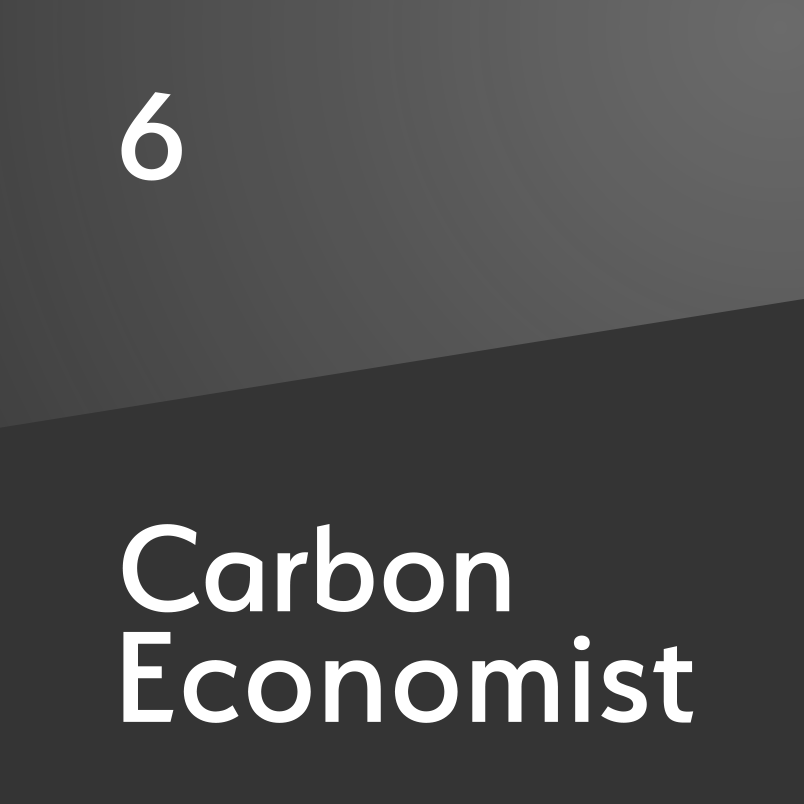Permian pipelines bring relief—and challenges
Two major new crude pipelines out of the Permian Basin entered service this month, but while this provides some relief to producers, it shifts the congestion to the Gulf Coast
Permian Basin producers should see some relief from the takeaway capacity crunch that has helped constrain crude output growth in the region since last year. From the beginning of August, two out of three major oil pipeline projects scheduled for start-up in the second half of 2019 have entered service. However, while this additional capacity is expected to help boost Permian production, it also creates new challenges for the region's energy industry. It effectively shifts the congestion out of the basin and onto the US Gulf Coast. Within a week of midstream firm Plains All American Pipeline bringing the Cactus II project online, its peer Epic Midstream confirmed that it had started a tempor

Also in this section
5 December 2025
Mistaken assumptions around an oil bull run that never happened are a warning over the talk of a supply glut
4 December 2025
Time is running out for Lukoil and Rosneft to divest international assets that will be mostly rendered useless to them when the US sanctions deadline arrives in mid-December
3 December 2025
Aramco’s pursuit of $30b in US gas partnerships marks a strategic pivot. The US gains capital and certainty; Saudi Arabia gains access, flexibility and a new export future
2 December 2025
The interplay between OPEC+, China and the US will define oil markets throughout 2026







